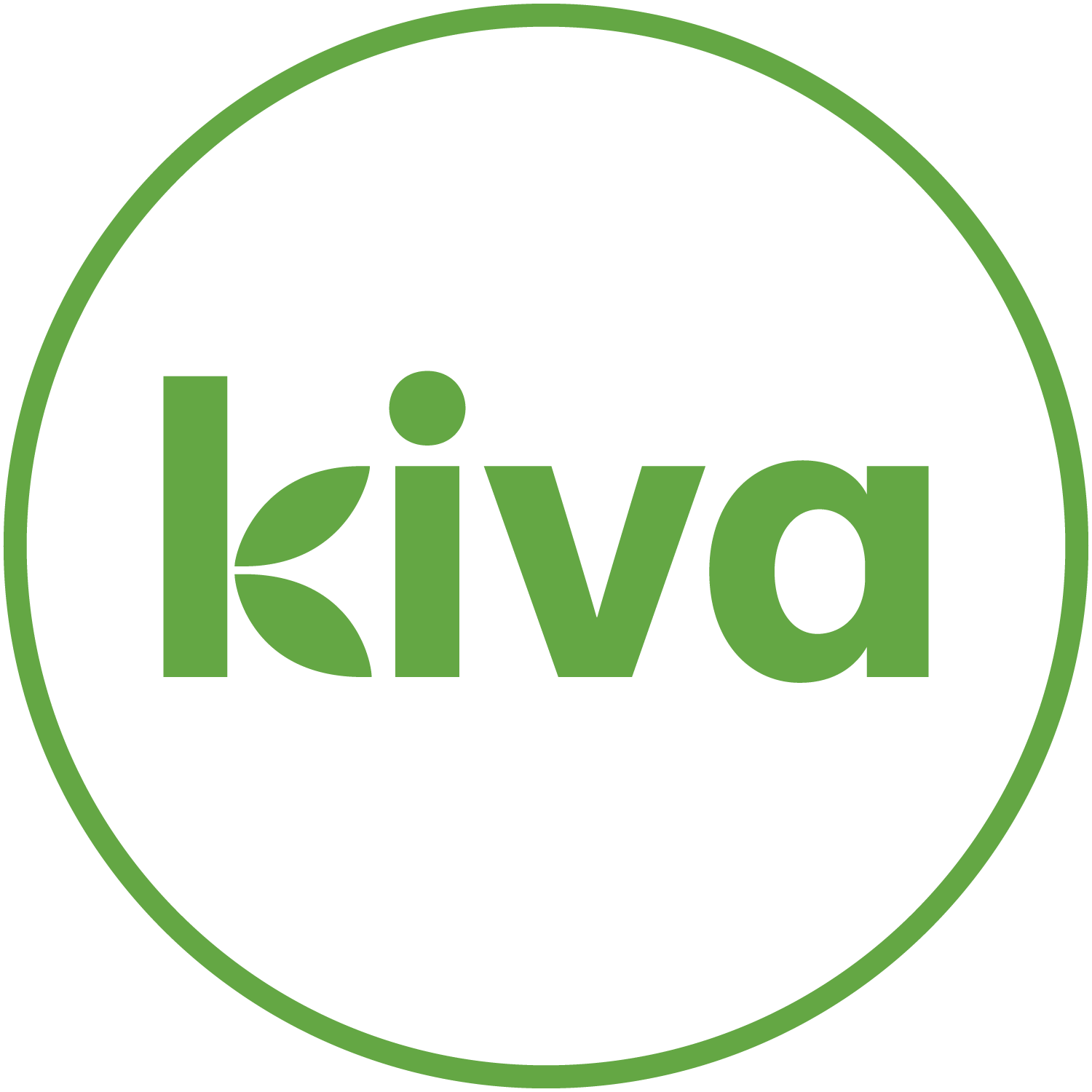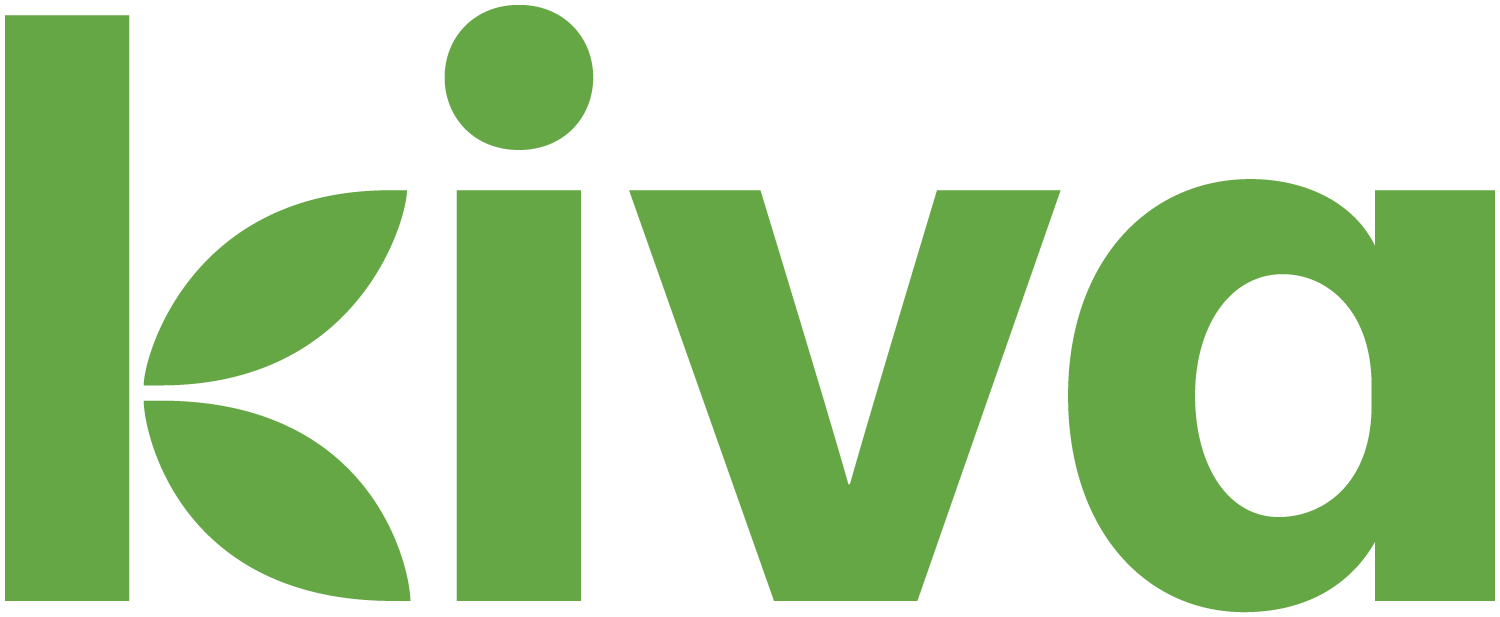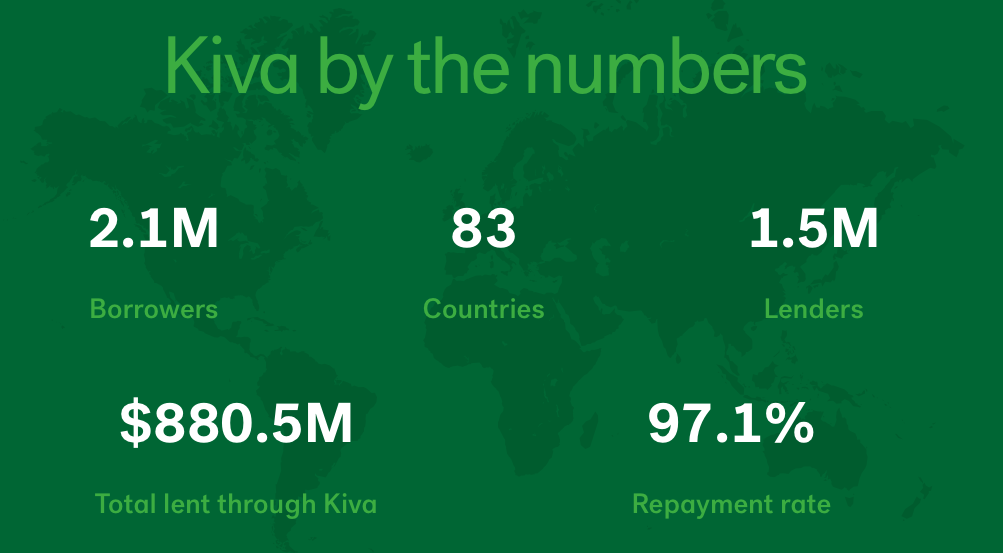The fellow of Kiva told about work between KIVA and AUCA
August 30, 2016

.jpg)
Priya Singh, the fellow of Kiva Fellows 30th Class, right now is working at the American University of Central Asia (AUCA), told us about the work between KIVA and AUCA.
"What is KIVA?
KIVA is a not-for-profit organization based in San Francisco that aims to alleviate poverty by connecting people through lending. In its simplest form, KIVA is a web site (www.kiva.org) where you shop, similar to eBay, but you shop for “borrowers.” Once you select a borrower, you lend them money to help them with their businesses. On the website, you can choose among a variety of categories like agriculture, women, education, or health. Clicking on education, for example, will show you all the loans that need to be funded for education. KIVA financial aid at AUCA is one of those loans.
The unique thing about KIVA is that you can lend as a little as a $25 at the time, meaning almost anybody can lend capital even if you don’t have a lot of money. This also means that an individual student’s KIVA loan is funded by about 25 people. Unlike traditional lending institutions who charge high-interest rates, our loans to AUCA students are 0% interest. People lending through KIVA are doing it out of the goodness of their heart. For them, it’s not a money making business, so they don’t want the interest—it’s just the way they want to help.
How did KIVA start its work with AUCA?
The partnership between AUCA and KIVA has only been around for three years. Four years ago, there was a fellow, much like myself, who was in Kyrgyzstan. While keeping an eye out for new KIVA partnerships, this fellow sought out AUCA and started talks about a financial relationship with KIVA.
Normally, loans from KIVA are to business people, farmers, or little shops. An education loan is something different that we like to do because it’s a form of empowerment. KIVA’s goal at AUCA is to help students afford a world-class education.
At the moment, KIVA and AUCA work together to finance loans of 1100 USD to students in need. It doesn’t cover all of the costs of going to AUCA, but it is included in a student’s financial aid package. AUCA students on KIVA loans have a four-and-a-half-year grace period before they have to start repaying their loan. The grace period lets students finish university, get a job, and get settled before the repayment schedule begins.
Who is eligible for a KIVA loan?
Any student who enrolls at AUCA and applies for financial aid has the opportunity to apply for a KIVA loan. Currently, we have 355 students on KIVA loans.

Is KIVA planning on increasing its budget on loans for AUCA students?
This is a very natural conversation for KIVA to have with its field partners as the relationship progresses, and, for AUCA, the answer depends on how the next year goes. As I said, KIVA has only been working with AUCA for three years, and so none of the loans are due yet because of the four-and-a-half-year grace period. As a matter of fact, the first loans are due starting September next year with this year’s seniors.
Part of the work I’m doing here at AUCA is implementing an actual repayment plan for graduates. We’re designing what’s called a “KIVA mentorship program.” Every KIVA student will have a staff member—a “KIVA Champion”—who will talk with the students in groups once a semester about their studies, how to repay their loan, and to refresh them on what exactly a KIVA loan is. Each KIVA champion will have 25 to 30 students in his or her group.
When I started at AUCA, quite a few people didn’t fully understand KIVA loans. They knew about KIVA, they knew they had a “KIVA loan,” but many people thought the “loan” was just a scholarship. It’s important to clarify; you don’t repay a scholarship and you do repay a loan!
This year’s group of seniors is quite important for us because they’re going to set the tone for KIVA’s relationship with AUCA moving forward. If they do well with repayments, it’ll be really promising from our perspective. If students at AUCA manage the repayment process, then we can have conversations about increasing the loan limit and, if not including more students, then getting more money to individual students. If seniors show responsibility and repay their loans, they effectively give future students more opportunity to study at AUCA.

How do you see AUCA and KIVA’s partnership changing in the future?
One of the things I would really like to highlight is this KIVA mentorship program. Education partners, like AUCA, are not like traditional KIVA field partnerships. What’s important about education field partners is that they’re not banks. They don’t have loan offices who know where you live and who come visit you every month to collect your payment. If you miss a payment they can’t come to your house and they can’t ask you why you’re not paying this month. Without these checks, it’s really challenging for a university to keep students accountable for their loans.
The most obvious way to solve this issue would be to partner with a bank and impose more accountability through a stricter collection process. Instead, we’ve chosen to solve this problem by increasing awareness among the students about what a KIVA loan entails. We are accomplishing this through a community of KIVA students at AUCA. The purpose of this community is to help students understand that the privilege of getting a KIVA loan comes with responsibility. Like I said before, seven staff members are going to be KIVA champions and lead this community. I’m really excited for students to start becoming a part of the KIVA community because it will really bring them together.
We have also started on getting a KIVA alumni group together. Once this year’s seniors graduate, we’ll be working with the alumni office to keep in touch with those students that had KIVA loans. One of the most exciting ideas has been to have KIVA alumni lend to future AUCA students on the KIVA platform.
THE EXAMPLE REPAYMENT SCHEDULE FOR FRESHMEN:
KIVA brochure for AUCA students
